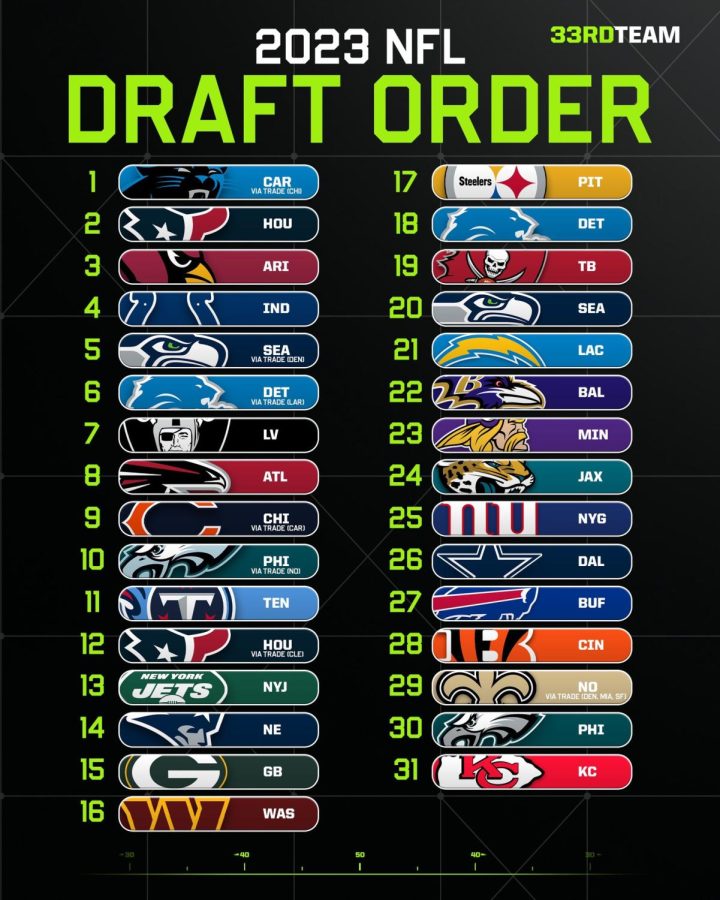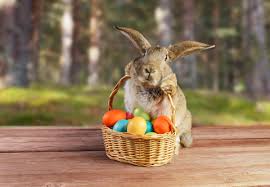The History of Easter
April 13, 2022
Everyone knows about Easter, but most don’t know how or why it began. Easter is a Christian holiday that celebrates the belief in the resurrection of Jesus Christ. The event is said to have occurred three days after Jesus was crucified by the Romans and died in roughly 30 A.D. A series of events and holidays that begins with Lent—40 days of fasting, prayer, and sacrifice and ends with Holy Week, which includes Holy Thursday, Good Friday (on which Jesus’ crucifixion is observed) and Easter Sunday. Although it is a Christian holiday, many traditions associated with Easter date back to pre-Christian, pagan times. Despite its significance as a Christian holy day, many of the traditions and symbols that play a key role in Easter observances have roots in pagan celebrations (particularly the pagan goddess Eostre- the goddess of spring and Fertility) and the Jewish holiday of Passover. Easter is said to be named after The pagan goddess Eostre.
Fun facts:
It’s believed that eggs represented fertility and birth in certain pagan traditions that pre-date Christianity. Egg decorating may have become part of the Easter celebration in a nod to the religious significance of Easter, such as Jesus’ resurrection or re-birth.
The exact origins of the Easter Bunny tradition are unknown, although some historians believe it arrived in America with German immigrants in the 1700s. Rabbits are known as very good procreators, so the arrival of baby bunnies in springtime meadows became associated with birth and renewal.
Easter foods are known for symbolism. An Easter dinner of lamb also has historical roots, since a lamb was often used as a sacrificial animal in Jewish traditions, and lamb is frequently served during Passover. The phrase “lamb of God” is sometimes used to refer to Jesus and the sacrificial nature of his death.
What was your favorite Easter fact? Mine was about the goddess Eostre.
















